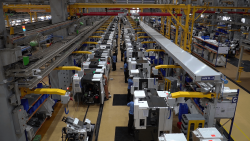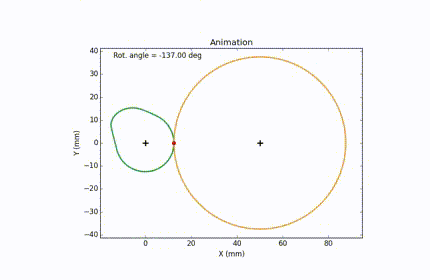The pandemic COVID-19 has disrupted the world. What is unique is that it has happened at the same time across all lives and livelihoods.
The IT sector has already been advocating a digitization strategy across all businesses which has helped them continue with their processes despite restrictions. Whereas, with manufacturing companies, the challenges are bigger and require faster adoption strategies.
Where manufacturing stands:
Manufacturing companies were slow to catch-up to the IT and digitization wave. Their distrust in many failed technologies and without the need for any new changes, they had a lot of upgrading to do, thanks to the lockdown. Manufacturing has a minimum reliance on digital operations. While running a plant was out of the question, retaining skilled workers was a priority to save businesses. Keeping knowledge workers engaged was a priority to save businesses.
With the implementation of social distancing and restrictions, the sudden need for manufacturing companies to have employees work from home is one of the first of many signs that there was a lot of distance to cover in going remote to meet the rising demands of keeping a business alive.

A recent survey by
leesmanindex showed that 53% of manufacturing respondents admitted having no work-from-home experience. So in order to refine roles, setting up secure technologies for remote work is an ongoing challenge.
With the situation surrounding COVID-19, it became clear that 40%-50% of the workforce were unavailable for on-site processes and not designed for remote work.
A
study done in 2017 says that only 3% of manufacturers that were telling SAP about the importance of digital transformation completed any company-wide effort. That leaves 84% still unwilling to make any change. This might be due to the high investment in IT implementation. So with poorly digitized factories and supply chains, going remote becomes harder.
Since the problem of “distance” can’t be solved without the adoption of technology, we’re going to see many years' worth of innovation in the next 18 months. Many of these solutions will bring greater efficiency, lower costs, and less waste, enabling them to outlast the pandemic and pay for themselves, quickly.
Effects:
While some companies like essential services are struggling to meet mounting demands some are seeing a steep drop in demands which calls for cutting costs with extreme measures to keep their businesses alive. Every major manufacturer is now experiencing disruptions across their supply chains of parts and raw materials, driven by what may now become recurring volatility of supply from China.
Focus on automation:
Dependence on China has backfired and most countries plan to bring back manufacturing segments that are considered critical for national resilience and sustainability. Governments are already putting into action on bringing domestic manufacturing strategies to rebuild their economies.
While the dependence on labor and production costs are slowly proving to have too much effect on business, automation is the only direction forward. Advances in automation and robotics have drastically increased productivity across several manufacturing processes. Many of these processes can be easily restored and deployed domestically. Automated manufacturing’s demand for low-skilled labor will be replaced with new jobs and opportunities for up-skilled workers.
These processes have made significant ease of operation at AceMicromatic Group’s very own companies with automated processes like Half-day indexing at plants that have drastically increased productivity.
New Supply Chains:
Businesses will invest in technologies for more transparent, predictable, and resilient supply chain suppliers. On the other hand, they will seek to establish a more diversified client base and more localized customers across multiple geographies, functions, digital tools, and processes that help manage supply chain risk, accuracy, and flexibility. This will ramp up across the industry, leading to faster digitization of supply chains. As countries and global businesses seek better insights into supply and distribution chains, going digital will help create better policy and business decisions.
Data- an asset:
The need for reliable data has been never more clear, thanks to COVID-19. Be it for medical responses or business decisions, data will become an even more strategic resource across multiple facets of business and society. It's no surprise that data has become the world’s most valuable resource according to a study done by the Economist in 2017.
For manufacturing, especially, better connectivity will mean the accelerated deployment of Industrial IoT. Getting real-time holistic data and insights across the whole manufacturing operation will become a standard component of running a manufacturing organization. Processes like machines with Gantry, Robotic Cell automation, and more, are part of the additional features for most AceMicromatic Group machines.
Digitization- a necessity:
Previous disruptive events like the recession showed that the companies that invested in software technologies were the ones that survived. According to a study by McKinsey, companies that have embraced these technologies early are seeing a 7% revenue growth advantage over their peers. The effects of the COVID-19 will show how much of an advantage those who adapted smart manufacturing early have over those adapting now. But those refusing to adopt will be the ones left behind for good.
Going online:
The problem in manufacturing is that it still requires people to be physically on-site. With operators, maintenance staff, vendors, and contractors needing access to the plant manufacturers may lose up to 50% of their on-site personnel.

It is predicted that this will spur the rapid adoption of remote management, diagnostic, and collaboration tools. Also, the need for a team of specialists that can make decisions remotely regarding plants and onsite workers will emerge. Work-from-home is not just for the corporate offices anymore. With information empowered by IoT like AI-based insights, manufacturers can drive productivity while shifting some dependency on onsite decision-makers to virtual working modes.
All these changes driven by the COVID-19 pandemic have made it clear that keeping up will enable companies, even countries afloat and this holds good across any mode of business.

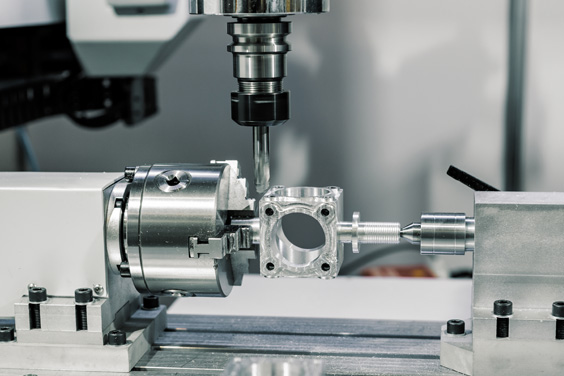


 India
India
 China
China
 Europe
Europe


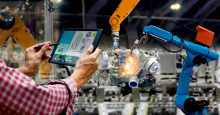

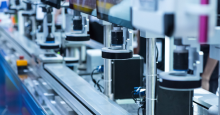




 A recent survey by
A recent survey by  It is predicted that this will spur the rapid adoption of remote management, diagnostic, and collaboration tools. Also, the need for a team of specialists that can make decisions remotely regarding plants and onsite workers will emerge. Work-from-home is not just for the corporate offices anymore. With information empowered by IoT like AI-based insights, manufacturers can drive productivity while shifting some dependency on onsite decision-makers to virtual working modes.
All these changes driven by the COVID-19 pandemic have made it clear that keeping up will enable companies, even countries afloat and this holds good across any mode of business.
It is predicted that this will spur the rapid adoption of remote management, diagnostic, and collaboration tools. Also, the need for a team of specialists that can make decisions remotely regarding plants and onsite workers will emerge. Work-from-home is not just for the corporate offices anymore. With information empowered by IoT like AI-based insights, manufacturers can drive productivity while shifting some dependency on onsite decision-makers to virtual working modes.
All these changes driven by the COVID-19 pandemic have made it clear that keeping up will enable companies, even countries afloat and this holds good across any mode of business. 